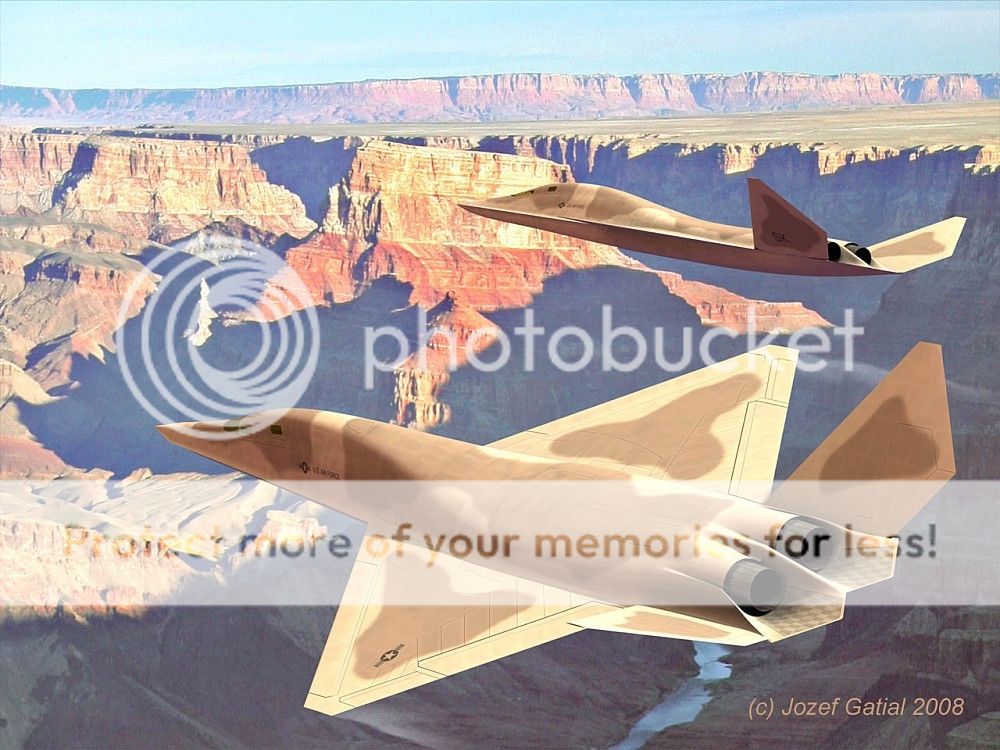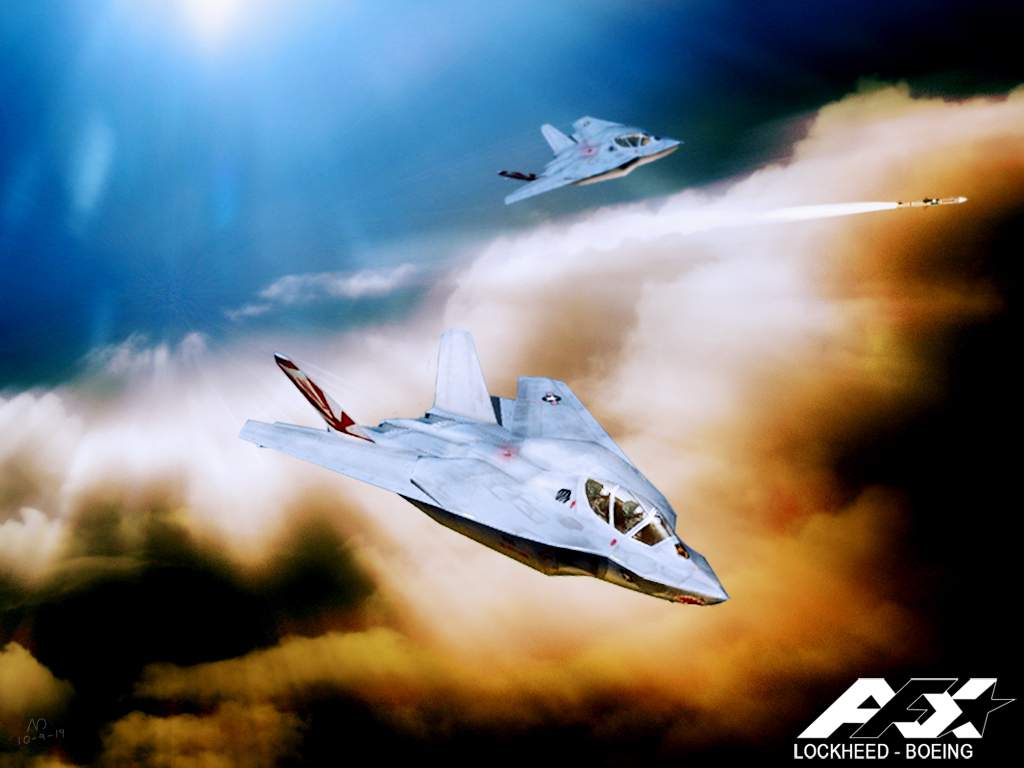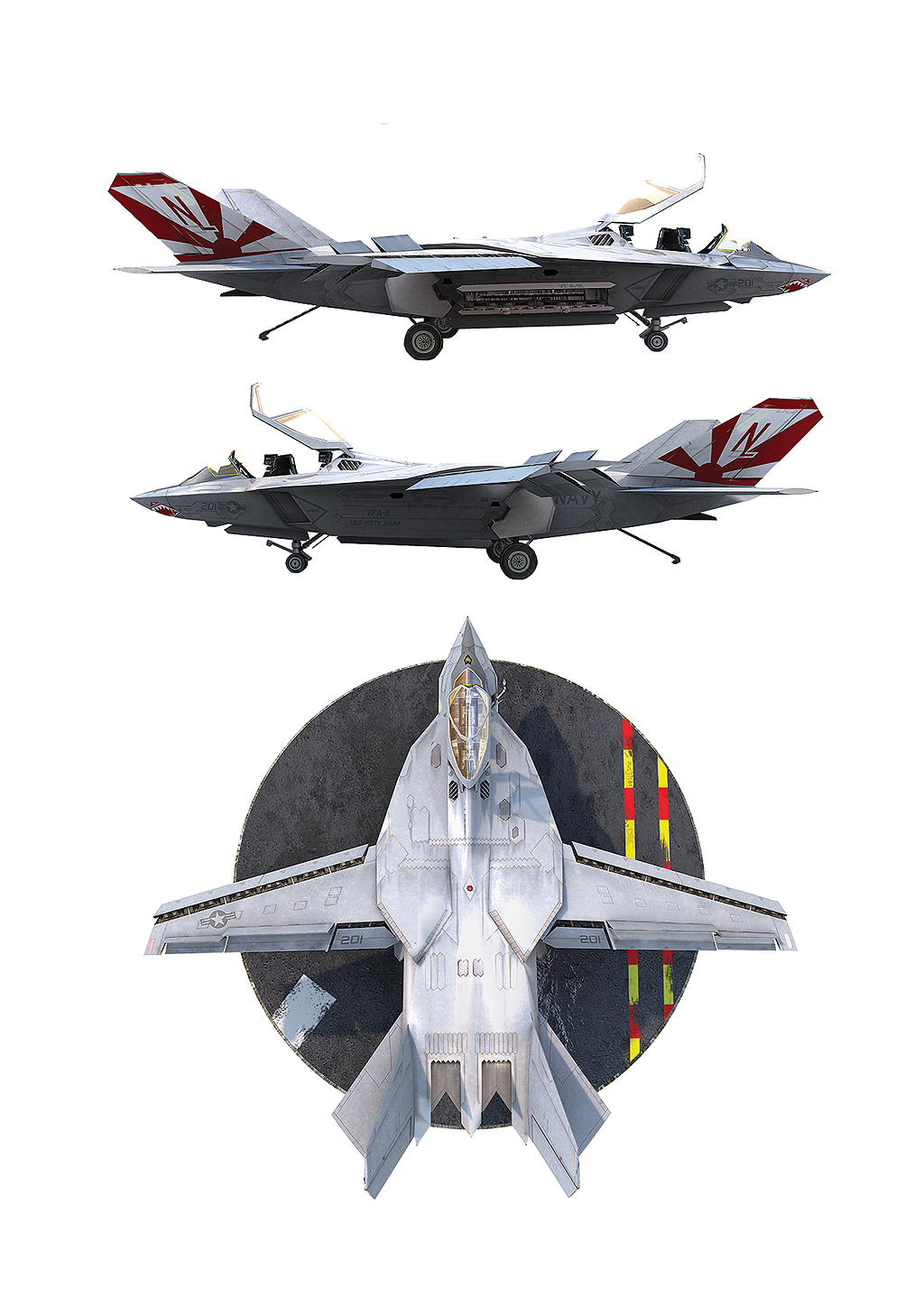"Romney proposes more Raptors, Lockheed says it'll support the move if that's what the government wants"
http://www.flightglobal.com/blogs/the-dewline/2012/09/romney-proposes-more-raptors-l.html
I wonder if Congress could reverse itself and allow production of an F-22EX Raptor variant for Israel and Japan?
http://www.flightglobal.com/blogs/the-dewline/2012/09/romney-proposes-more-raptors-l.html
by
Dave Majumdar
on September 12, 2012 9:35 PM
Republican Presidential candidate Mitt Romney is proposing to resurrect the Lockheed Martin F-22 Raptor production line. Lockheed says it will support the move if the US government makes that decision.
A source of mine, who has the resume to back-up what he says, once suggested that the US Air Force would have been better off buying the F-22 as its high-end fighter while filling the low-end of the fleet with new-build Block 60+ F-16s.
Simply, the USAF would be better off with a good number of highly capable Raptors that could take down an enemy's air and surface-based defenses while relatively low-cost (compared to the F-35) new-build F-16s could add some needed bulk to the fleet. The Navy, he had argued, has a modern fleet of Boeing F/A-18E/F Super Hornets with active electronically scanned array radars and other goodies... which offer excellent capability for the price. He had asked, would the USAF not be better off in 10 years with say 400-ish F-22s and 1000 new Block 60 F-16s?
Right now, the Lockheed F-35 is slated to fill out the bulk of the future USAF fleet. Ostensibly, the USAF will receive 1763 of the jets, but the production rate for the JSF has been slowed down and the aircraft is still far from becoming operational. In 10 years, it looks a lot like the USAF will only have six F-22 squadrons and about ~400 F-35s in terms of advanced stealth fighters, the rest of the fleet would be 1980s and early 1990s vintage airframes.
As the defense budget is unavoidably reduced, it's not out of the realm of possibility that F-35 production numbers will keep falling. So he might have a point...
I wonder if Congress could reverse itself and allow production of an F-22EX Raptor variant for Israel and Japan?



